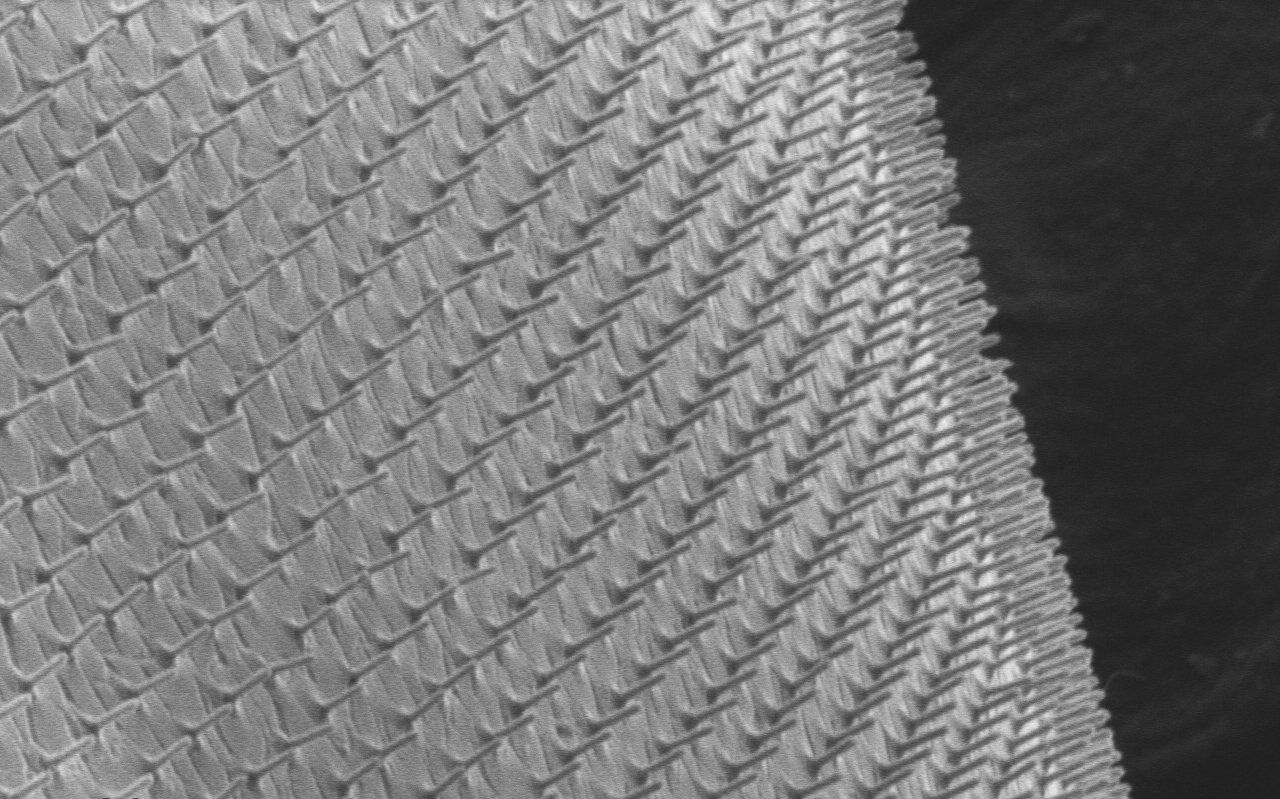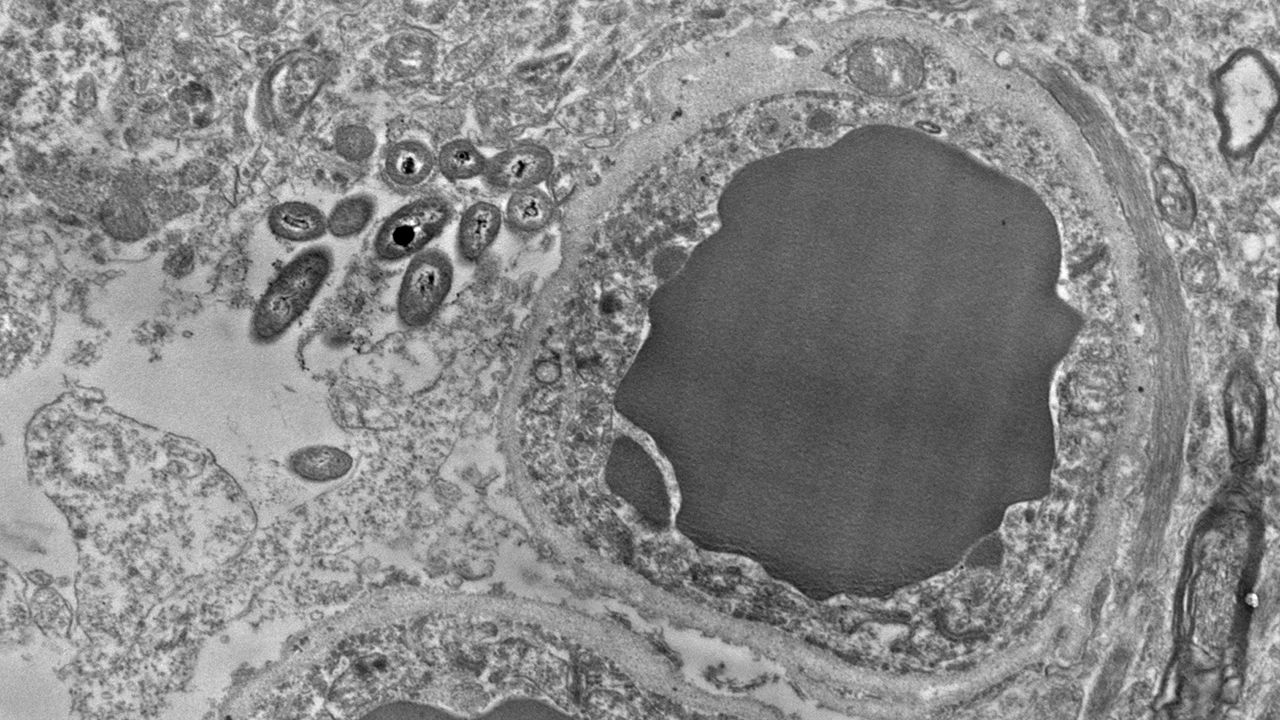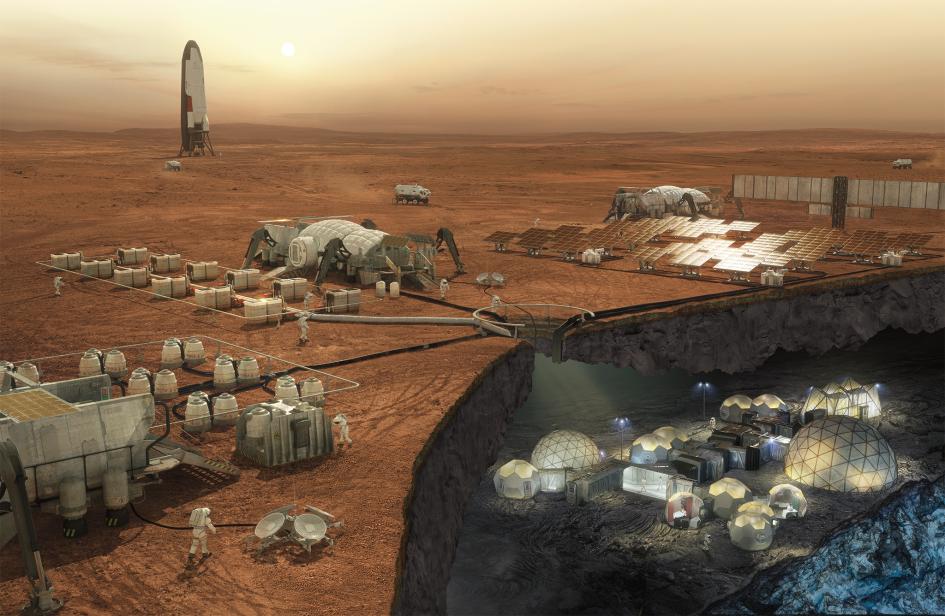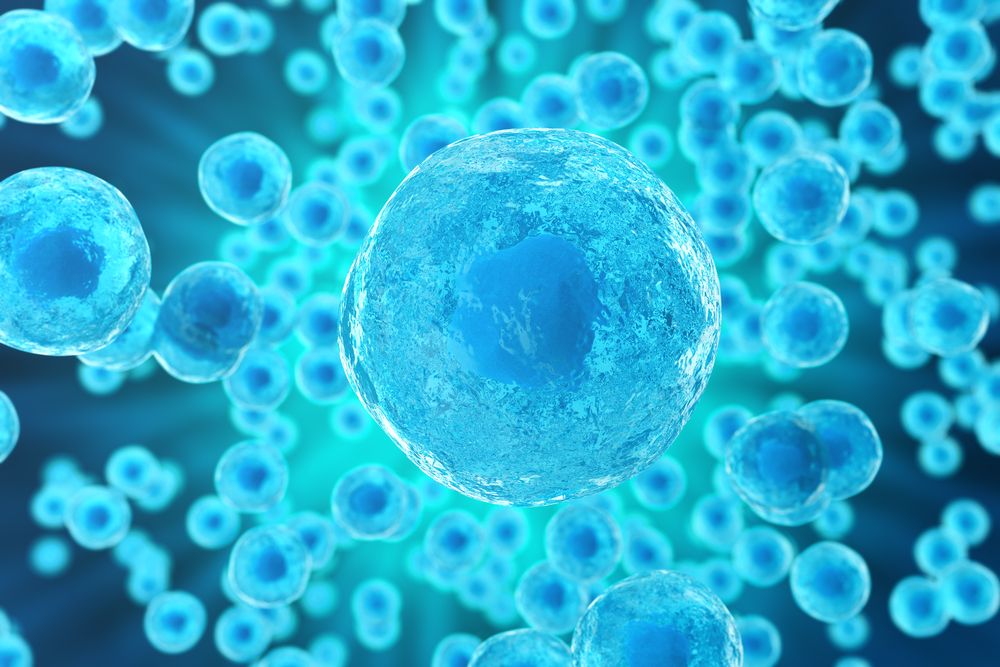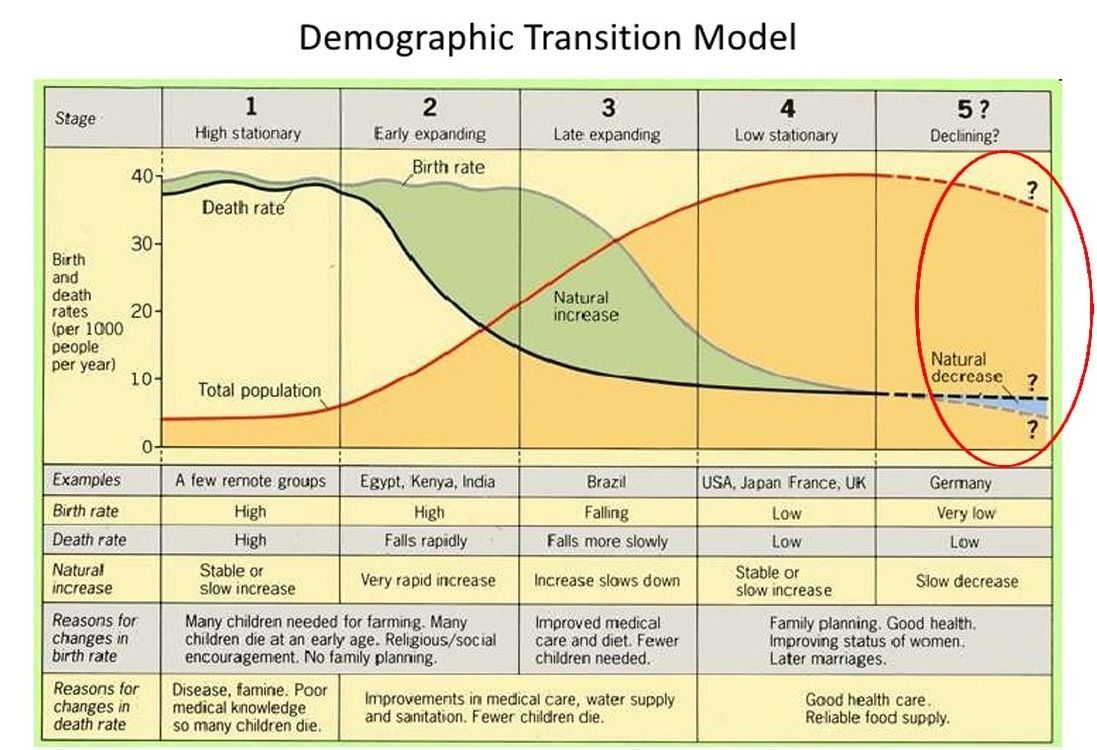Nov 9, 2018
Four base units of measure in the metric system about to be changed
Posted by Saúl Morales Rodriguéz in category: futurism
Officials with the General Conference on Weights and Measures (CGPM) have announced that at a meeting to be held next week, four of the base units used in the metric system will be redefined. The four units under review are the ampere, kilogram, mole and kelvin.
Currently, the kilogram is officially defined as the mass of a cylinder made of a platinum-iridium alloy housed in a bell jar in France—it has been removed from its protected spot every 40 years to serve as a calibration tool for other weights. But according to officials with CGPM, its days are numbered. This is because the 60 member nations that make up the body will be voting to change to a system in which the kilogram will be defined indirectly—by using the Planck constant.
The tool used to provide the new base unit is the Kibble balance—a very complex piece of equipment that first measures the amount of electric current necessary to create an electromagnetic force that is equal to a force acting on a given mass. It is during the second stage that the Plank constant comes into play. The reason for the changeover is to reference a more stable basis of measurement and to allow for the development of more precise measuring devices. Several metrologists involved in bringing the changes to a vote have acknowledged that most people will neither understand the changes that have taken place, nor notice that a change has occurred.

